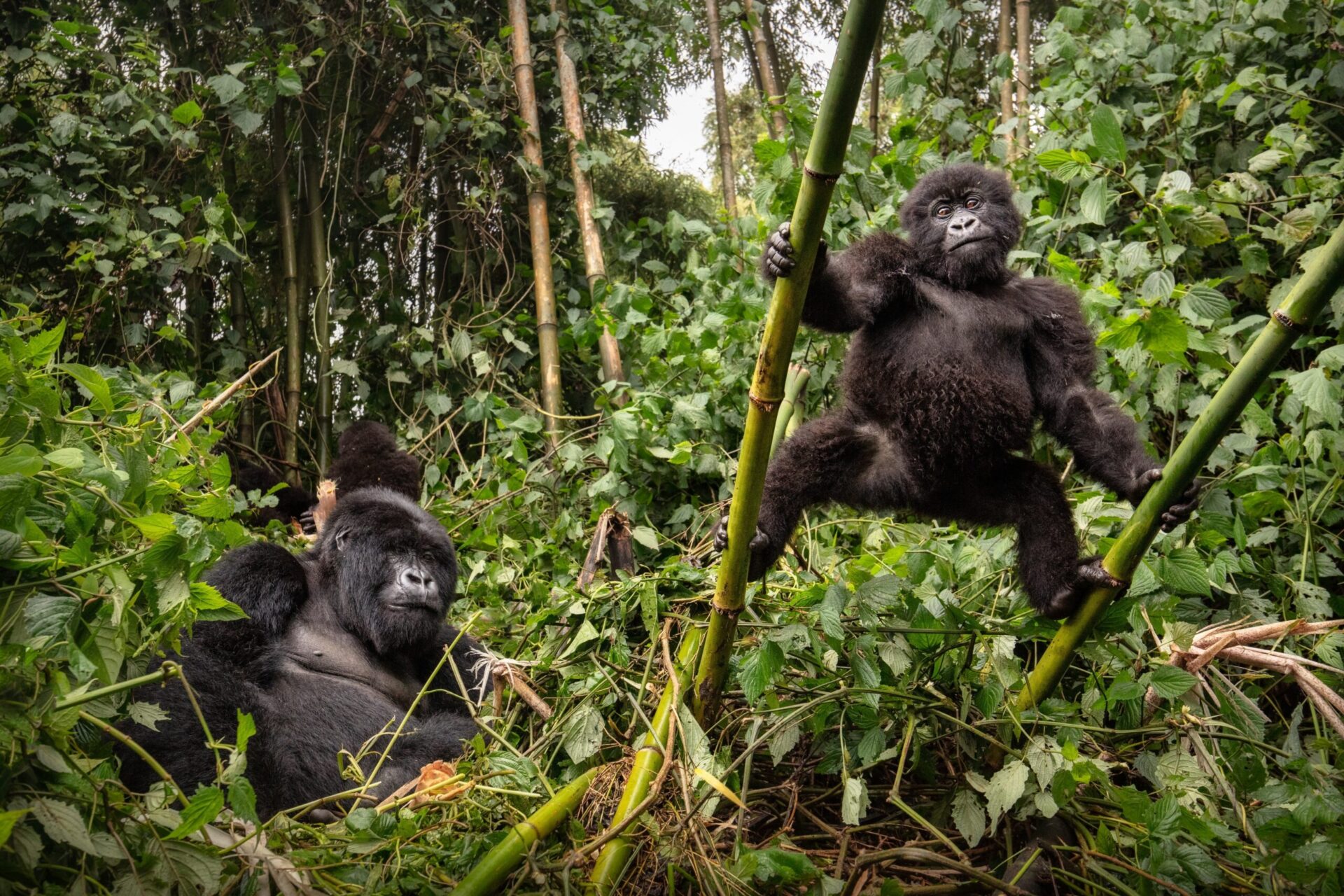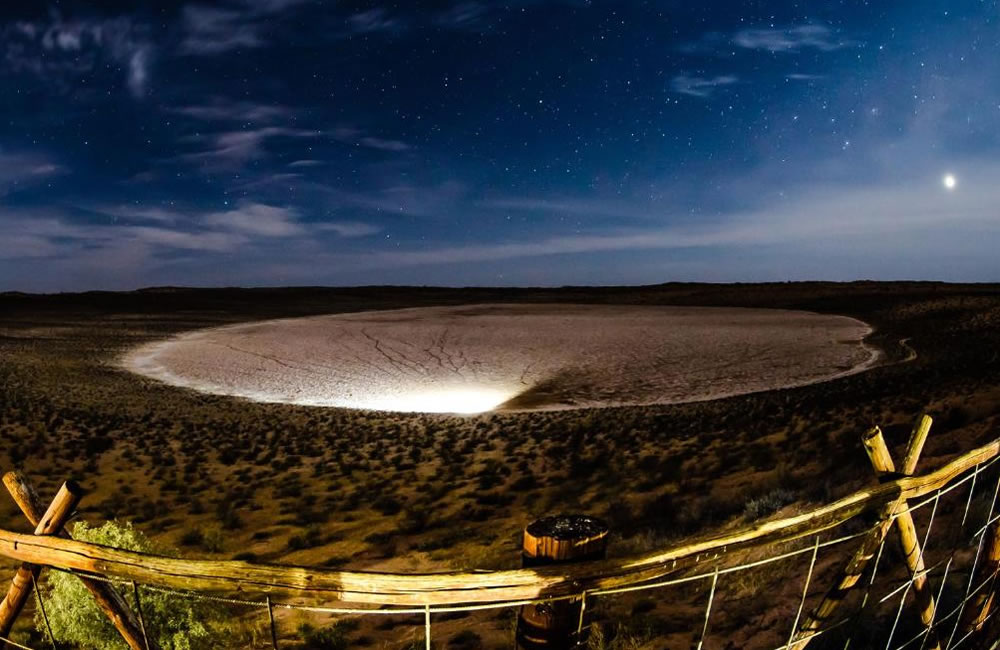Mountain gorillas are primates that are highly endangered and currently inhabiting the forested jungles in only three countries on earth (Uganda, Rwanda and DR Congo) at an estimated population of 900 on the whole planet. The number of mountain gorillas was greatly reduced by the increased poaching as well as civil wars in which national parks would be turned into fighting grounds and hiding places for the soldiers and in the process destroying wildlife mountain gorillas inclusive.
Mountain gorillas are very magical and unique animals that offer incredible wildlife experiences while on mountain gorilla safaris and therefore there is need for mountain gorilla protection to ensure sustainable mountain gorilla tourism in east and central Africa. The protection of mountain gorillas is a collective effort that can be done by all the participants and it can be done in the following ways.
Going For Mountain Gorilla Safaris
This is usually the first and major step to ensure protection of mountain gorillas. Mountain gorilla permits are sold at $1500, $800 and $500 in Rwanda, Uganda and DR Congo respectively. The money collected from these gorilla permits is used in ensuring conservation, paying the game rangers some of whom are ex poachers and a given percentage taken for local community development. Giving back to the community enables the local people to realize the importance of the mountain gorillas and in turn they are used as conservation agents.
While on a mountain gorilla safari, an encounter with these incredible animals makes one get to know more about them, which also acts a motivator for conservation.
Supporting Local Community Projects Near The National Park
There are many local people who live near the mountain gorilla national parks and many of them engage in small business that can enable them earn a living like producing a number of hand made crafts, while others have small eateries that prepare local cuisines. Supporting the local people enables them to directly get income, which prevents them from doing illegal acts like poaching as they seek to earn a living.
A case in point is the Ibyiwacu cultural village in Rwanda (at the outskirts of Rwanda’s Volcanoes Park) where a number of former poachers are employed as cultural tour guides and entertainers.
Not Going For A Mountain Gorilla Safari When Sick
Over 98% DNA of the mountain gorillas is similar to humans, which makes them very vulnerable to contracting humans diseases especially airborne and contagious diseases like flu. For many years, researchers have discovered that many mountain gorillas actually die because of infectious human diseases. For the well being of these endangered species, it’s not good for some one who is sick to go for gorilla tracking.
Keeping A Reasonable Distance Away From The Mountain Gorillas
On encounter with the mountain gorillas, tourists are recommended to keep at least a 7 distance meters away from the mountain gorillas. This is done to minimize chances of disease transmission between the gorillas and tourists and to also minimize chances of natural behavioral change of the mountain gorillas. There are instances when the mountain gorillas come towards the tourists especially the young mountain gorillas but however much you may want to be close or touch them, you should just move a way from them and avoid touching them.
Avoiding Buying Products Made Out Of Wild Animal Body Parts
There are some poachers who hunt die wild animals mountain gorillas inclusive. After killing these wild animals, they use their body parts especially the skin to make crafts. Buying these products encourages poachers to continue their illegal activities, which threatens the life and well being of the wild animals.
Donating to mountain gorilla conservation projects and also spreading the mountain gorilla conservation message as a way of sensitizing people are also ways that can be used to protect mountain gorillas.

